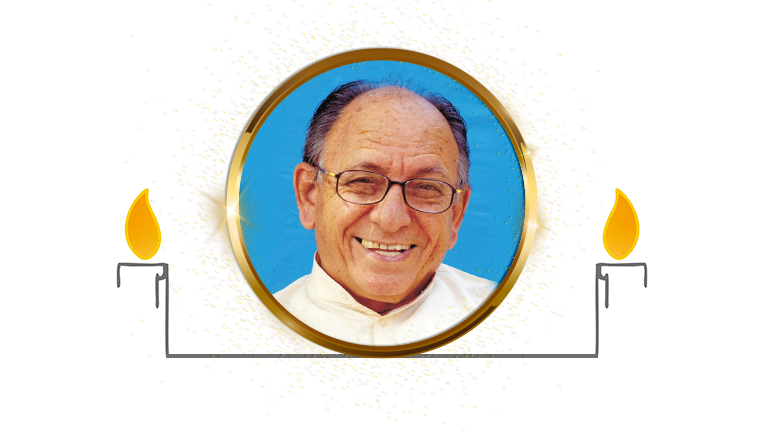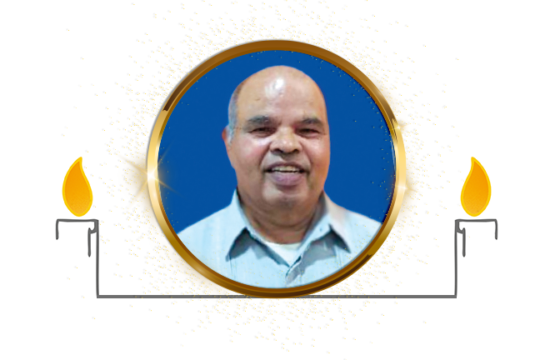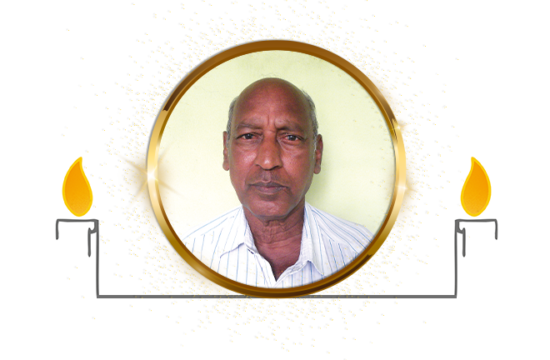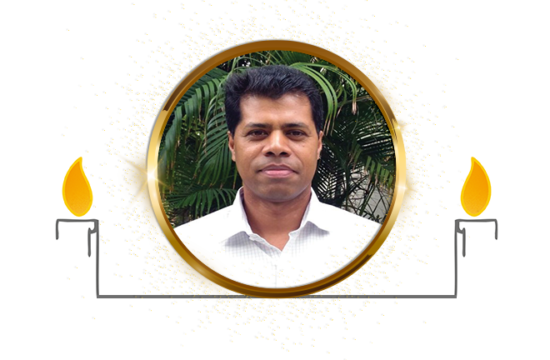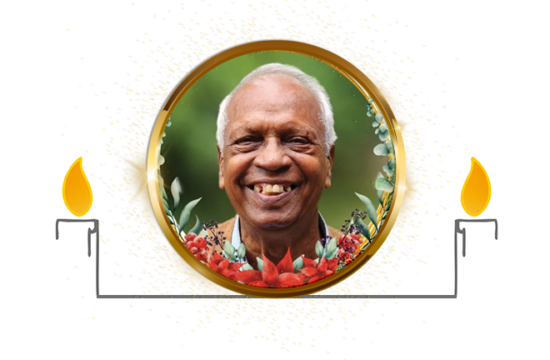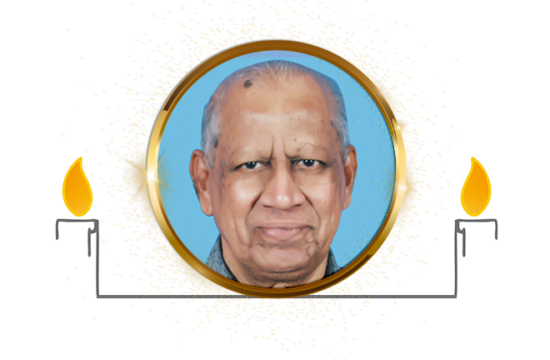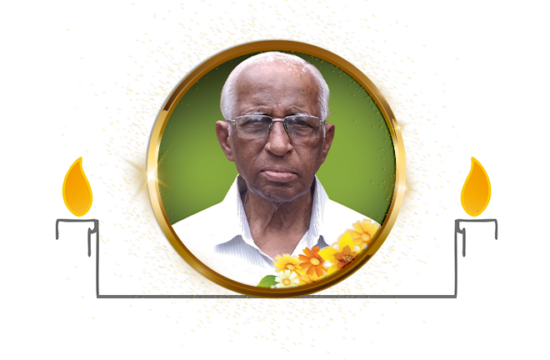For me and my Jesuits friends and those who knew him, Garriz Bapu will always be a wonderful human being and an incomparable icon for inculturation. He told me cultures and religions in India were scarcely in conflict with each other, and that the one who influenced him most was Tagore. He went to the extent of learning Bengali to be able to read Tagore in the original, and though not very proficient in it, he did still manage to make a Spanish translation of the Gitanjali and have it published. His greatest claim to fame is as the pioneer of the North Gujarat Mission, extending from Kalol to the borders of Rajasthan and Pakistan. I was fortunate to have the diaconate ministry and early priesthood in Kalol and places around, because that meant that I had him as my mentor, with opportunities to discover what made him tick, especially in the camel region not far from Kalol. Local architecture, imagery, and feast celebration was incorporated in what he developed in Unteshwari Mata Mandir, Unteshwari Mata Stature, and Unteshwarimelo respectively, with local rites used for marriage and funeral rituals. But how was it that someone born and joining the Jesuits in Spain, and with a great desire to be in Japan as a missionary, find himself in North Gujarat? Besides, with a post-graduate degree and a gold medal from Bombay University, all seemed set for him to be a History Professor at Ahmedabad’s St. Xavier’s College. I frankly do not have an answer. But he once wrote to me that during his journey from Spain to India, a fellow passenger, Severin, ex-Ranchi Bishop, spoke about the need of “Indianization.” That may be it, for when first appointed to Mokhasan he stayed six months in the dharamsala of the Swaminarayan Temple, followed by 3½years in the rented premises of a Patel family. He was of the same mold as Mateo Ricci, Robert de Nobili and John de Britto.
John Rose, SJ


